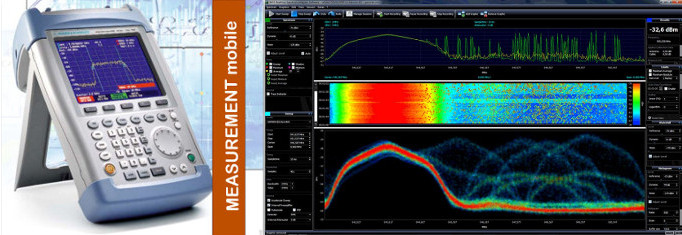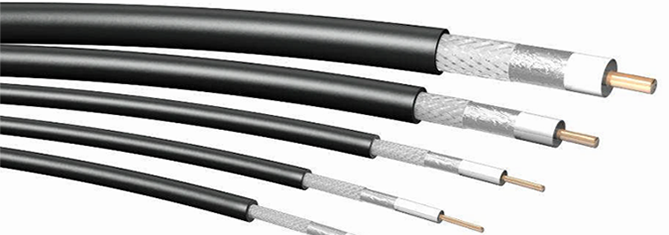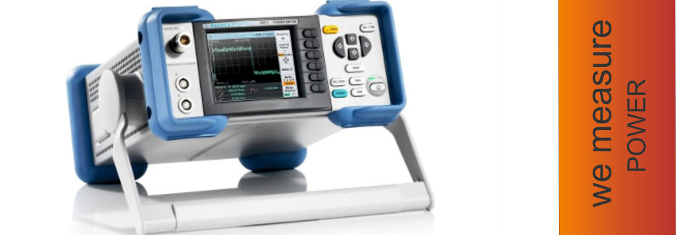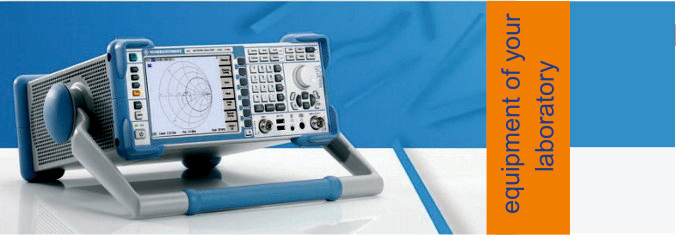Warehouse Wi-Fi is a critical piece of operations. So much of today’s warehouses rely on Wi-Fi technology. From scanners to fully automated vehicles, the Wi-Fi network helps move pieces of inventory from the shelves and into customers’ hands.
We identify 5 of our best practices for an efficient warehouse Wi-Fi network which leads to increased productivity and efficiency for greater revenue. These 5 best warehouse Wi-Fi best practices are Plan & Design, Don’t Forget About the Devices, Access Point Location is Critical, Optimize for Pick Paths, and Verify After Deployment.
Plan And Design
Warehouse Wi-Fi networks are complicated. It’s drastically different from a carpeted office environment. The attention to detail is required for a successful deployment.
The first step, prior to deploying new Wi-Fi, is to come up with a plan. The planning phase addresses concerns such as cabling for access points and where switches will be installed to provide power to the access points.

A scaled floor plan of the warehouse will be important for the Wi-Fi design phase. And before developing a Wi-Fi design, the requirements need to be laid out. The defined requirements will be used as the input into a Wi-Fi design.
The type of requirements begins with questions and conversations such as how users will utilize the Wi-Fi network, which applications will be used, where Wi-Fi coverage will be needed, etc.
A Wi-Fi network designer will identify the location of access points and what type of external antennas will be used. This, in turn, provides cable infrastructure requirements, the number of switches, and a Power-over-Ethernet (PoE) budget.
Wi-Fi design is a critical step. Skipping the design will result in lost productivity due to an increased effort in troubleshooting after deployment. Often times, the design phase will include on-site measurements using equipment that will be deployed.
Failing to plan is planning to fail
Ben Franklin
Don’t Forget About the Devices
While selecting the right infrastructure is important, one other aspect that is overlooked is the devices used within the warehouse. Identifying each type of device requiring Wi-Fi network access is crucial to Wi-Fi design.
It’s not out of the ordinary to see legacy devices used in mission-critical applications. Devices such as scanners, IoT, and temperature sensors often utilize outdated technology. This includes the Wi-Fi adapters built-in.
 Wi-Fi device testing
Wi-Fi device testing
When designing a warehouse Wi-Fi network, look into these device parameters such as channels/frequency supported. In addition, identifying the Wi-Fi adapter specifications exposes their maximum Wi-Fi capabilities. For example, there are devices with Wi-Fi adapters that are not Wi-Fi 5 capable or better and do not support Multiple Input, Multiple Output (MIMO).
While the Wi-Fi design can utilize advanced Wi-Fi features such as more channels and roaming functions, these settings may not be enabled by default on the device. Understanding the device’s capabilities, functionality and operation is part of optimizing the Wi-Fi network.
Further testing of the device capabilities must be documented, such as roaming characteristics. Most vendors do not publicly document how a device roams between access points. The Wi-Fi expert must test this and plan with the device’s characteristics in mind. Occasionally, roaming will impact how the application performs on the network. It is ideal to test these scenarios in a lab environment prior to making a large purchase and before completing a mass deployment.
Access Point Location & Mounting is Critical
With a Wi-Fi design performed, access point locations will be properly determined. The location and mounting of an access point or antenna will impact how a signal is propagated. In a warehouse environment, an access point is typically mounted 30 feet (9 meters) or higher.
The improper hardware selection will degrade the signal that is received by devices where the users are. As mentioned earlier, device capabilities may not have the latest and greatest hardware. This could result in poor Wi-Fi performance due to a lack of signal.

Omnidirectional access points are often not the correct antenna to be used. A Wi-Fi design expert will select an antenna to appropriately provide coverage in a specific area and take the mounting location into consideration. Antenna propagation patterns are important given the amount of reflective material in a warehouse.
Another aspect to consider is the materials stored on rack shelves. This attenuates the Wi-Fi signal, oftentimes attenuating as much as 10 dB or more, which leaves a device with a weaker signal to receive from the access point. Additionally, we must consider the device transmission back to the access point which does not have the same transmit power capabilities as an access point. The end result could be a device unable to communicate back to the network.
Wi-Fi design experts will conduct on-site visits prior to any deployment to document the warehouse environment.
Optimize to Pick Paths
To better improve the efficiency of operations within a warehouse, understanding the workflow, such as pick paths, will be important for a Wi-Fi designer. These paths are areas of device roaming across different access points. Wi-Fi roaming needs to be optimized for lower latency.
As warehouses transform into automation, this becomes increasingly mission-critical. Warehouse machinery depends on a carefully designed and configured Wi-Fi network, especially with environments going through constant change.
Some environments may be challenging to do a predictive Wi-Fi survey. An on-site hybrid survey will be required to understand how the environment affects Wi-Fi characteristics.
Conversations with the right stakeholders will clarify the requirements, warehouse workflow, and operations relying on Wi-Fi.
Verify After Deployment
Essential to every warehouse Wi-Fi deployment is validating the installation and configuration. The Wi-Fi validation survey (or post-deployment survey) compares the final installation to the initial design.
 Validate warehouse Wi-Fi
Validate warehouse Wi-Fi
Incorrectly installed access points, misconfigured network devices, signal strength, and more are measured. The actual warehouse devices are used to validate Wi-Fi operations as well.
At this phase is where optimization can occur, especially after inventory is moved into shelving and their stacking configuration. The Wi-Fi network must be validated after deployment and configuration.
A level of support from the Wi-Fi expert should be included after the installation to tackle some of these challenges as they arise. Ultimately, the devices in the users’ hands will be the final validation survey and will indicate any issues with applications over Wi-Fi.
There have been times where deep technical troubleshooting will be required to identify issues occurring over the Wi-Fi network.
Identify the metrics that should be monitored such as primary and secondary signal strength, average retry rate, roam times, and SNR. The ideal metrics will vary depending on the organization’s goals.
A report may be created that documents how the Wi-Fi network is performing at that point in time. Make it a point to establish additional validation surveys in the future to ensure the Wi-Fi network continues to operate as desired for warehouse operations.







